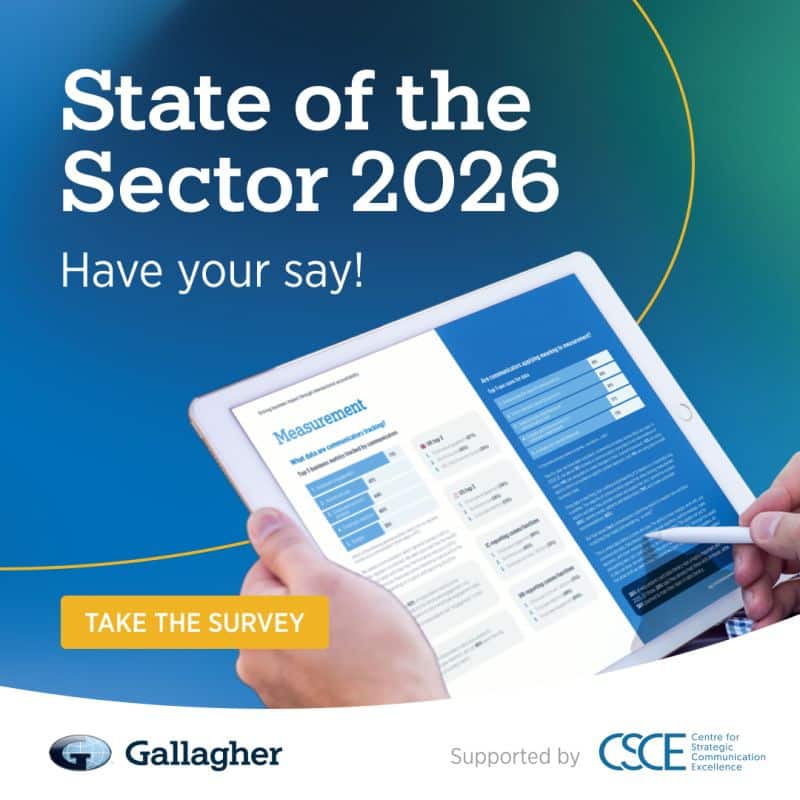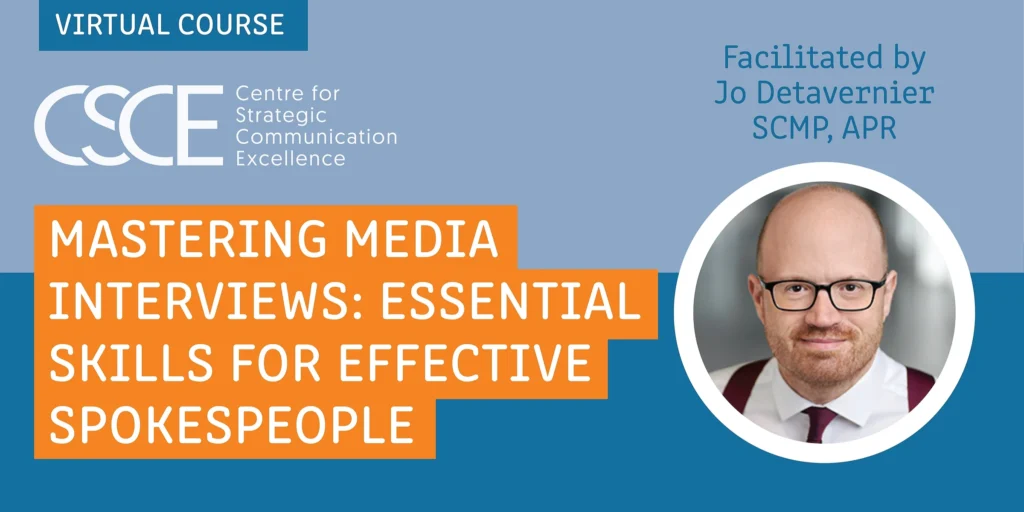I’ve worked with enough teams over the years to know this: most communication failures aren’t caused by poor messaging. They’re caused by misalignment.
It doesn’t matter how many channels you use or how polished your narrative sounds — if people don’t share a common understanding of where you’re going and why, how they work together or how success is defined, your message won’t stick. Worse, it will land in different ways for different people and send them off in different directions.
The cost of misalignment
‘Misalignment’ is one of those words we throw around, assuming everyone knows what it means. But most people don’t. Not really.
It’s not about disagreement or poor communication. Misalignment is when two people believe they’re on the same page, but they’re not even in the same book. It’s the gap between what’s intended and what’s understood. And it often hides in plain sight.
It sounds like this:
- “I didn’t realise that was the priority.”
- “I thought you were taking the lead on that.”
- “We’re doing our best, but I’m not sure where this is all heading.”
It’s a feeling of friction. People pulling in slightly different directions. Energy leaking through confusion. No one really raises it, but everyone feels it.
And it’s a real business risk.
Misalignment doesn’t always start with strategy – sometimes it’s a communication breakdown that creates or compounds the gap. It’s a loop. One reinforces the other.
Alignment isn’t just a strategic issue. It’s also cultural, relational and operational. Here’s what the research shows:
- Companies with high alignment across strategy, culture and operations achieve up to 58% higher operating profits and 33% higher total returns to shareholders compared to their less-aligned peers.
- Highly aligned companies grow revenue 58% faster, are 72% more profitable, retain customers at more than twice the rate of their peers, and engage employees nearly 17 times more effectively.
- Meanwhile, organisational culture closely linked to values and psychological norms directly correlates with higher productivity, innovation and cohesion, meaning cultural alignment is just as vital as strategic clarity.
And yet, misalignment shows up in the most familiar ways:
- Conflicting priorities
- Slow decision-making
- Duplicate work
- Burnout and disengagement
- Culture initiatives that feel disconnected from real work
In fast-moving, hybrid and complex environments, that makes alignment one of the most critical foundations for progress.
Loud isn’t the same as clear
I’ve seen organisations throw everything at the wall, including all-hands meetings, beautifully produced videos, internal campaigns with the best of intentions, only to wonder why nothing’s changed.
The instinct when things feel off-track is often to amplify – i.e., launch another campaign, issue another update, hold another town hall.
But volume doesn’t equal clarity.
When teams don’t have a shared understanding – when they’re operating from different assumptions or levels of context – more messaging just adds to the noise.
True clarity comes from ensuring that what’s said makes sense within a shared frame of reference.
I often ask leaders what they believe their team understands about the strategy and then I check in with the team. The disconnects aren’t dramatic, but they reveal something deeper – people have been working with different interpretations, without ever having the space to align those views.
Alignment is a capability, not a one-off exercise
Most alignment efforts are static. They might include activities such as a strategy day; a values refresh or a leadership retreat. They generate insight, energy and sometimes glossy posters. But they rarely embed into day-to-day working life.
That’s because alignment is not a moment, it’s a capability.
One that needs to be:
- Cyclical – revisited regularly as work evolves
- Dialogic – built through conversation, not just broadcast
- Measurable – based on real perceptions, not just assumptions
And most importantly, it needs to be team by team. That’s because alignment doesn’t live in the organisational chart. It lives in the day-to-day experience of work.
In many organisations I’ve worked with or observed, alignment seems solid on the surface – leaders are meeting regularly, sharing updates and agreeing on priorities. But when you dig deeper, those signals can mask misalignment. It’s often the result of growth, overlapping roles or different interpretations of what success looks like. The good news is, once teams have the chance to surface those perceptions, they can start building clarity and confidence in how they move forward together.
What a stronger core looks like
Alignment is practical and it shows up when people can confidently answer:
- Where are we going?
- Why does it matter?
- How do I contribute?
- How do we work together?
- Who do we rely on and who relies on us?
If those answers differ within your team, no amount of communication will fix it. Because you don’t have a messaging problem, you have a meaning problem.
I often say: don’t just ask if your message made sense. Ask whether people see themselves in it. Because if people can’t find their place – in the strategy, in the culture, in the team – they’ll fill the gap with assumptions. And those assumptions will guide decisions, shape behaviours and influence what gets prioritised – and not always in ways that serve your goals.
From insight to action with Mirror Mirror™
That’s why I work with Mirror Mirror™ – an evidence-based alignment process that helps teams uncover where they are (and aren’t) aligned across direction, collaboration, relationships and delivery.
While many tools focus narrowly on strategic alignment, Mirror Mirror™ goes further. It looks at four dimensions that shape team performance:
- Strategic alignment – how we understand our direction and contribute to it
- Cultural alignment – how we collaborate and learn
- Stakeholder alignment – how we connect and reciprocate with others
- Alignment in action – how we make progress
These are the conversations teams often avoid. That’s exactly why Mirror Mirror™ is so effective – it opens up room for honest dialogue and helps teams more forward by:
- Mapping team understanding across purpose, strategy, roles and collaboration
- Identifying gaps between intent and perception
- Facilitating structured dialogue to realign on the work that matters
What I love about it (and why I use it) is that it meets teams where they are. It gives people permission to say, “I’m not sure we’re on the same page” and a process to do something about it.
Unlike many top-down tools, Mirror Mirror™ is built to be:
- Scalable – suitable for teams of all sizes
- Repeatable – use it again and again as conditions evolve
- Practical – focused on the real work, not abstract ideals
It doesn’t tell teams what to think. It helps them see how they think and do something about it.
Don’t just communicate
If your strategy isn’t getting traction, your narrative feels disconnected or your teams are busy but not coordinated, louder comms aren’t the answer. Stronger alignment is.
Storytelling has its place, but it can’t fix confusion around purpose, roles or ways of working. What teams really need is the opportunity to reflect, to talk and to reconnect around what matters, so they can move forward with clarity and confidence.
Want to explore what alignment looks like in your organisation?
At the Centre for Strategic Communication Excellence, we help communication leaders and their teams strengthen strategic communication and leadership capabilities. We also work in partnership with Zora Artis GAICD, IABC Fellow, SCMP through The Alignment People — where we focus on alignment as a core capability, not just a communication outcome. Let’s talk about what that could look like for your team.





